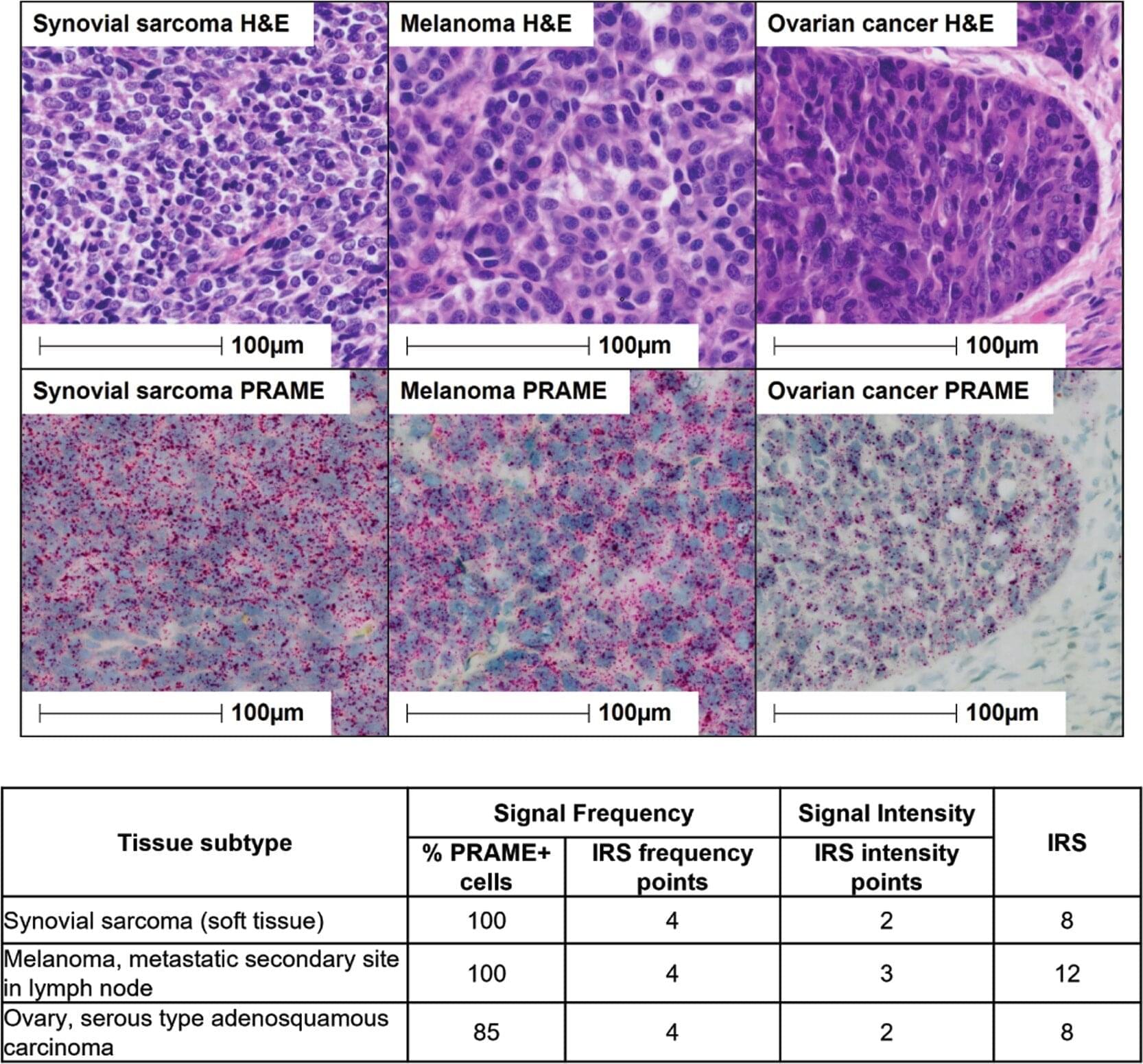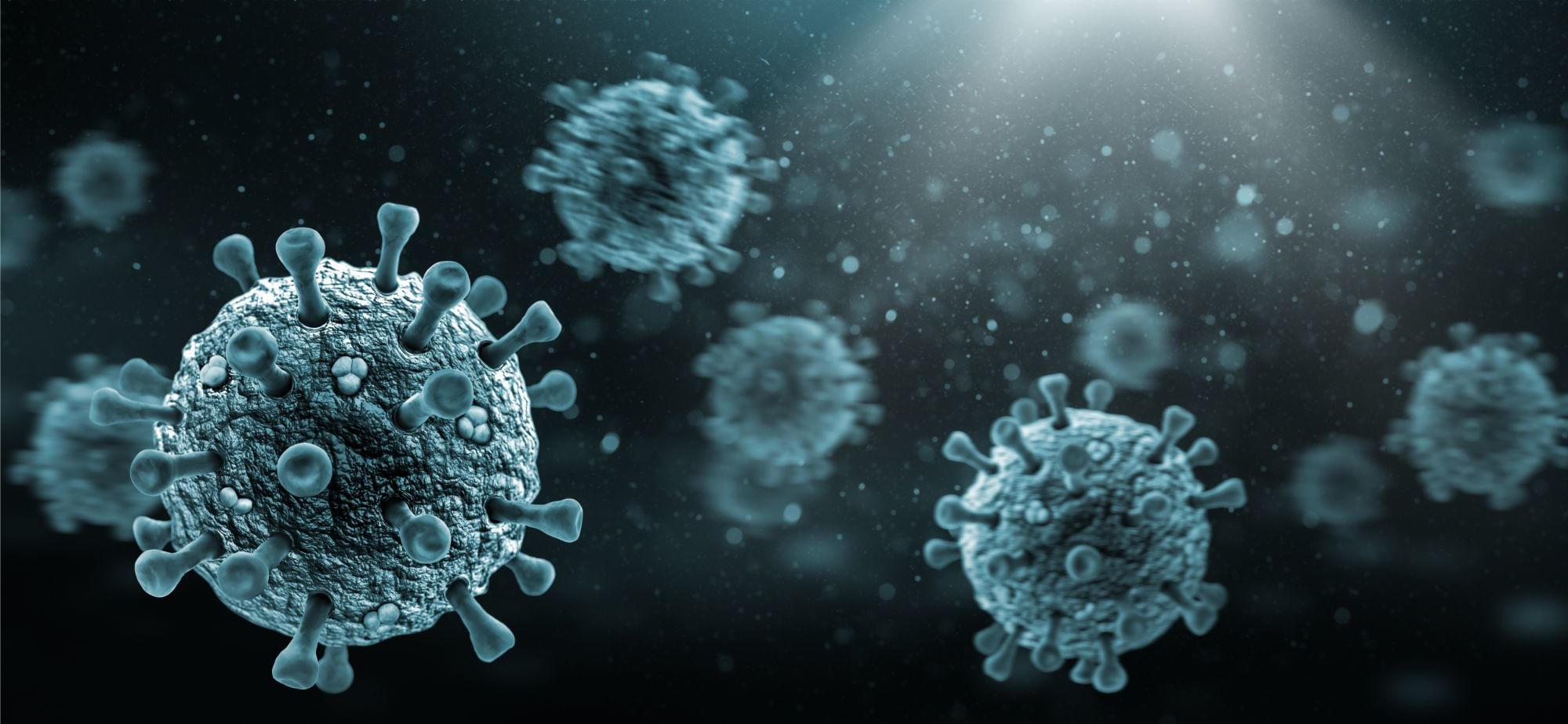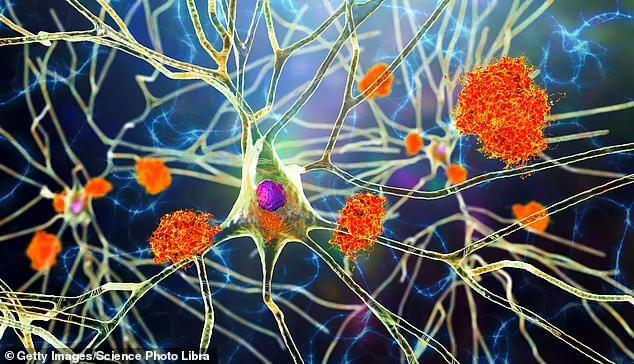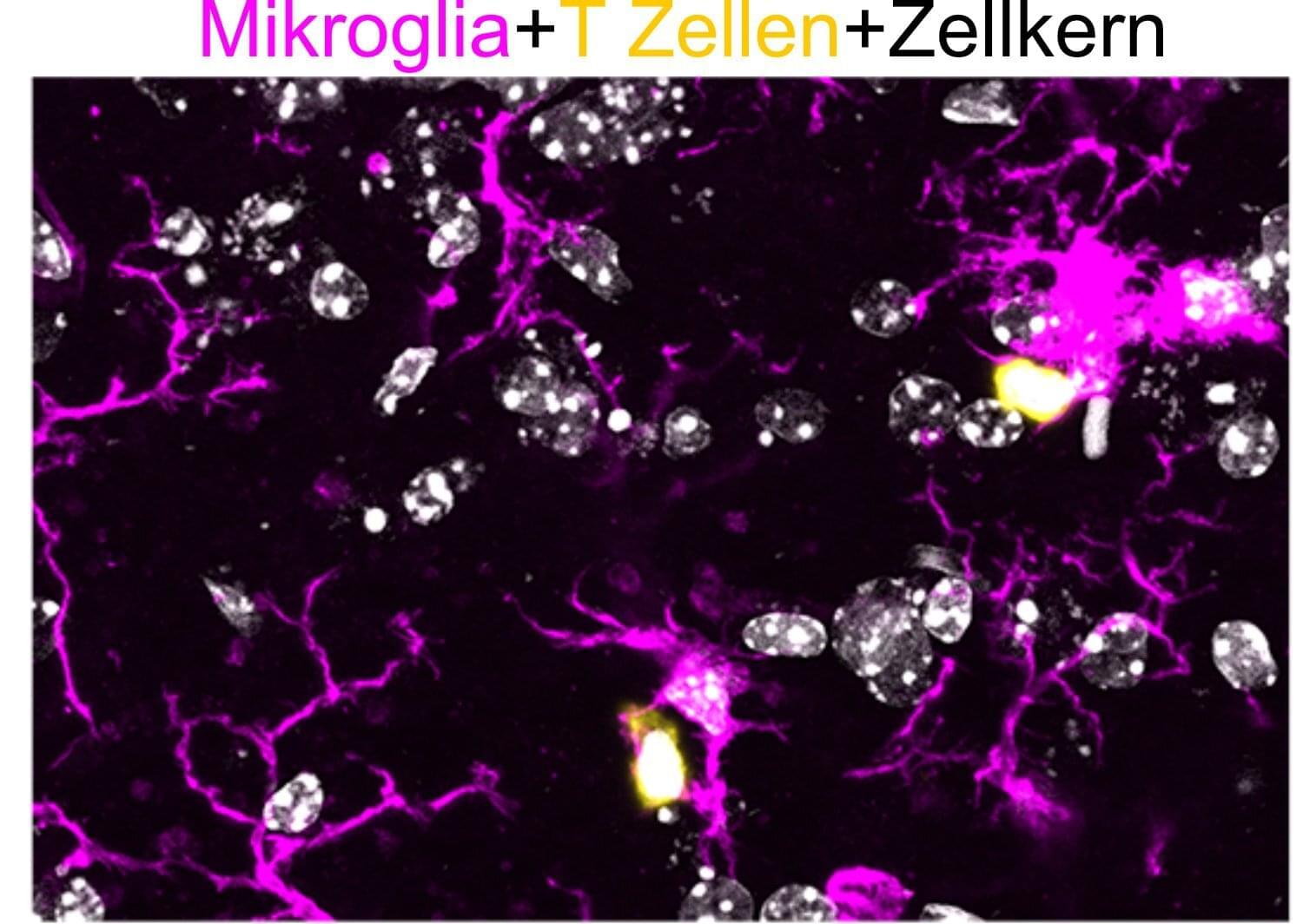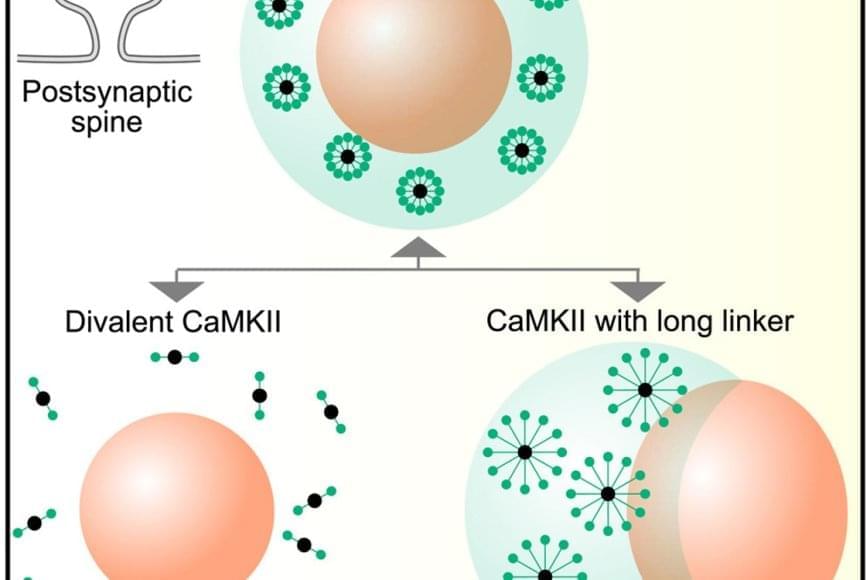It’s no secret that our waistlines often expand in middle age, but the problem isn’t strictly cosmetic. Belly fat accelerates aging and slows down metabolism, increasing our risk for developing diabetes, heart problems and other chronic diseases. Exactly how age transforms a six pack into a softer stomach, however, is murky.
Now preclinical research by City of Hope has uncovered the cellular culprit behind age-related abdominal fat, providing new insights into why our midsections widen with middle age.
Published today in Science, the findings suggest a novel target for future therapies to prevent belly flab and extend our healthy lifespans.

